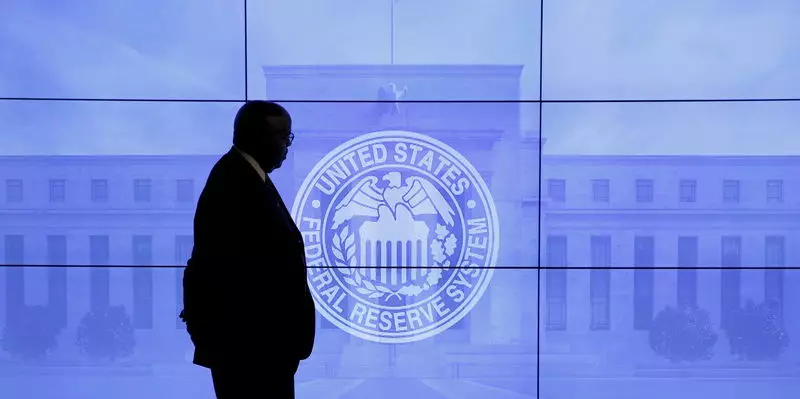The analysts at Macquarie have shared their insights on the recent data related to the core Consumer Price Index (CPI) and its potential impact on the Federal Reserve’s interest rate policy. According to Macquarie, a single month of at-consensus core CPI may not be sufficient to trigger the Fed’s countdown on a rate cut. The latest print was in line with expectations but fell short of being considered significant by the firm.
The firm noted that while the recent US CPI report did not bring any major surprises, it did mark an end to a series of top-side surprises that had been occurring since January. Lower airfares, decreased prices of used and new cars, and a decline in housing rents were some of the factors contributing to the overall picture. However, certain components such as car insurance costs and recreation services showed persistent increases, indicating lingering challenges.
Macquarie emphasized that the current core CPI print of +0.3% is still considered relatively high, resulting in a three-month annualized CPI inflation rate of 4.1% as of April. Even after making adjustments for core Personal Consumption Expenditures (PCE) price index equivalence, the inflation rate remains significantly above the target set by the Fed. This suggests that the Fed may view the current inflation as stubbornly persistent and not in line with their desired target.
Market Expectations
Despite the recent data, Macquarie does not anticipate a swift reaction from the Fed in terms of rate cuts. They believe that it would require more compelling evidence over a period of time to prompt the Fed to take decisive action. The firm also highlighted that Federal Reserve speakers are likely to reinforce a cautious stance in their upcoming statements, which may minimize any immediate impact on foreign exchange rates or US Treasury yields.
The latest core CPI data has failed to provide a strong case for initiating a rate cut countdown by the Federal Reserve. While there are signs of moderation in certain inflation drivers, the overall inflation rate remains elevated, signaling a potential challenge for the Fed’s interest rate policy going forward. It will be crucial to monitor future data releases to gauge the Fed’s response and the implications for the broader economy.

